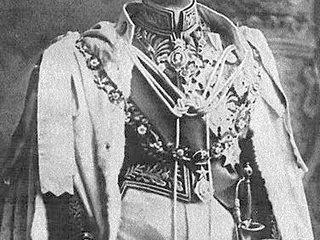Leatherface, the chainsaw-wielding cannibal from Tobe Hooper's 1974 cult classic The Texas Chain Saw Massacre, is one of horror cinema's most enduring and terrifying villains. His image – a masked figure clad in stitched-together human skin wielding a powerful chainsaw – has become synonymous with the slasher genre and remains a potent symbol of primal fear.
The Origins and Evolution of Leatherface
While the character's exact backstory has varied across the numerous films in the Texas Chainsaw Massacre franchise, the core concept remains consistent: Leatherface is a mentally disturbed individual, often depicted as severely intellectually disabled, who participates in the family's gruesome acts of violence and cannibalism. The mask, crafted from human skin, is a key element of his unsettling persona.
Gunnar Hansen portrayed Leatherface in the original film, establishing the character's iconic look and unsettling demeanor. Subsequent portrayals have varied in interpretation, but the character's terrifying essence has largely remained consistent.
The Impact and Legacy of Leatherface
Leatherface's impact on horror cinema is undeniable. The character helped define the slasher genre and continues to inspire new iterations of masked killers. His enduring popularity is evident in the continued production of films, remakes, and merchandise related to The Texas Chainsaw Massacre franchise.
The character's lasting appeal is a complex mixture of his disturbing actions and his symbolic representation of societal anxieties surrounding violence, family dysfunction, and the unknown.













 (24)jpeg-1722421859875.jpeg.webp)











